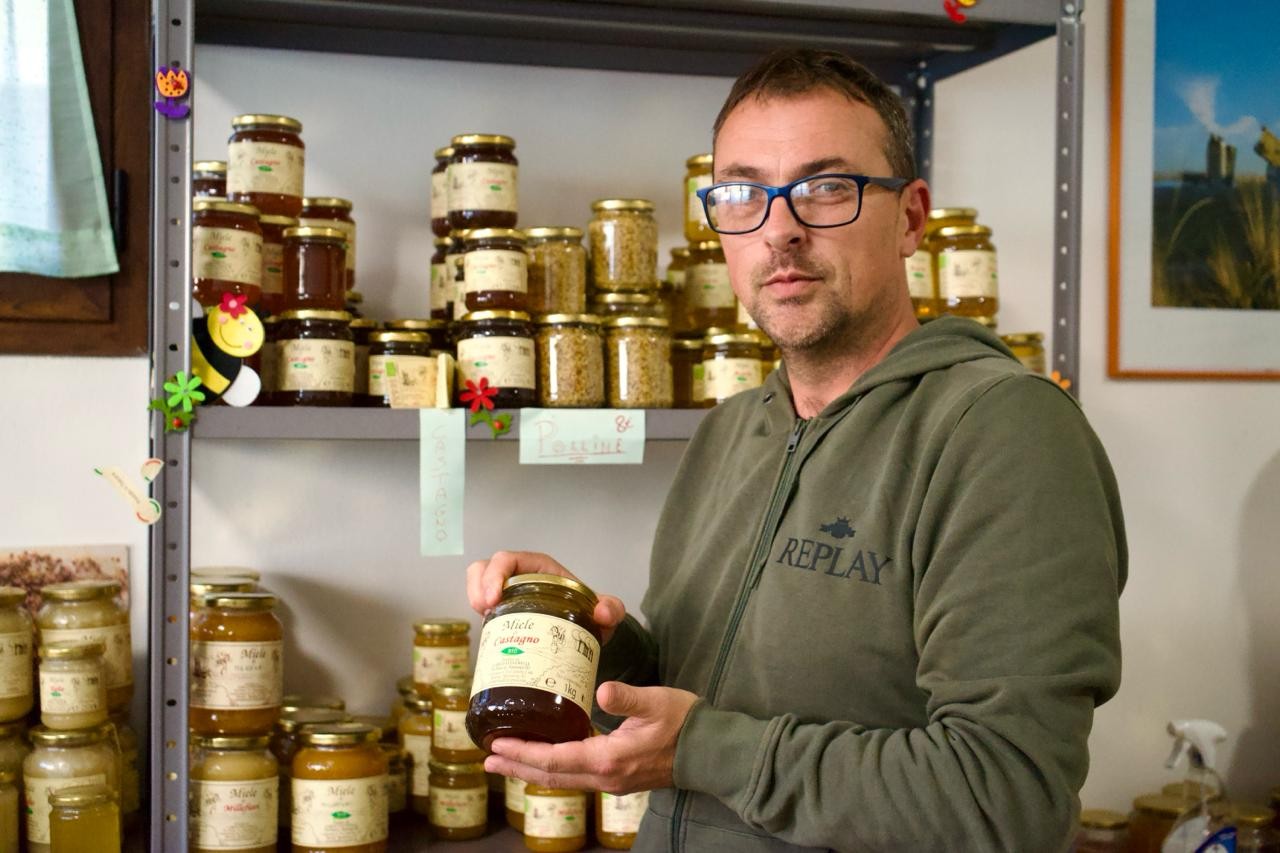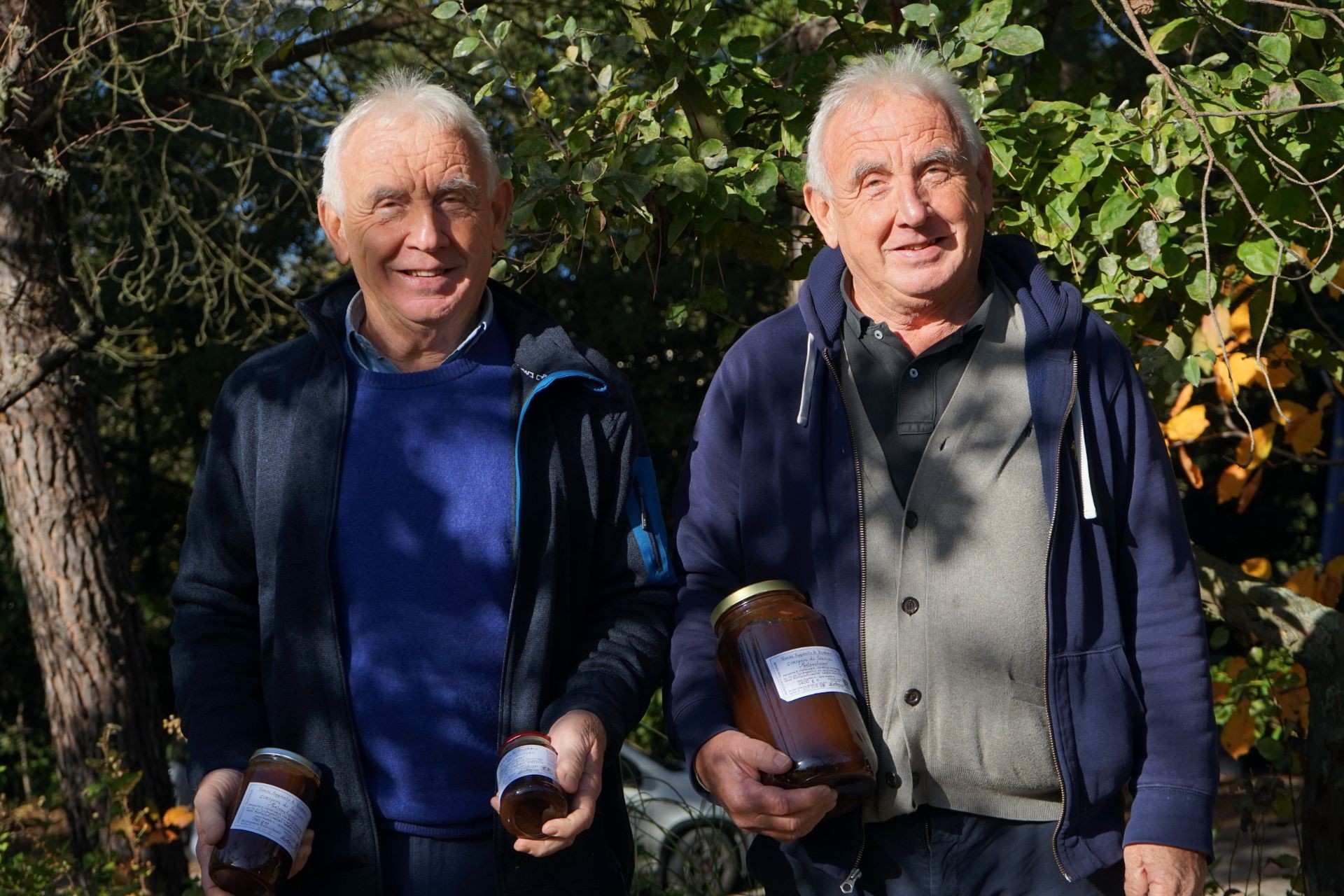Ghino di Tacco
A ROBIN HOOD IN TUSCANY
Known as the “Brigante Gentiluomo”, Ghino di Tacco was born at La Fratta around 1265, from a noble family of Torrita. La Fratta at that time was under Torrita di Siena’s control, now in the municipality of Sinalunga.
Progenitor Tacco was excluded from the honors reserved for the noble families, together with his sons Ghino and Turino, so destroyed the hamlet of Torrita, as a revenge. Tacco and Turino were put to death in Piazza del Campo in Siena, while Ghino managed to escape. He seized the castle of Radicofani, close to the Papal States; this became the basis for kidnapping and robberies, which made him famous as a “brigante” [Bandit].
However, Ghino di Tacco has been a unique kind of bandit: a real Robin Hood of Val di Chiana, who took from the rich to give to the poor, never acting cruelly on his victims.
After the 14th century, certain information and documents about Ghino die down to leave space for the legends, which Dante and Boccaccio contributed to.
Indeed, the figure of Ghino di Tacco is mentioned also in the Divine Comedy: in the sixth canto, Dante arrives in the Ante-Purgatory, where he meets the “Morti per forza [i.e., the souls of those who, having died cruelly and having committed sin up to their final hour, have to wait in the Ante-Purgatory for some time]”. It is there that Dante meets Benincasa di Laterina, died by the hand of Ghino.
“Qui v’eran l’Aretin che da le braccia
Fiere di Ghin’ di Tacco ebbe la morte”
Also Boccaccio contributed to the reputation of Gino as a “brigante gentiluomo”, with the Decamerone’s story “Ghino di Tacco e l’abate di Clignì [Ghino di Tacco and the Abbott of Cluny]”. In the story, which is focused on the theme of courtly love, Ghino is described as a perfect example of goodness, a honest bandit who shows exemplary qualities, a real positive hero.











